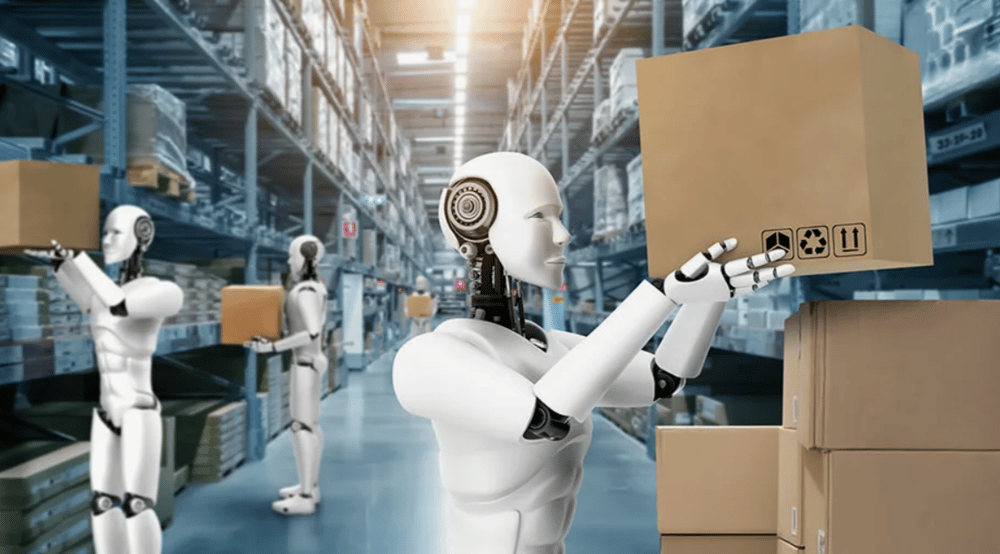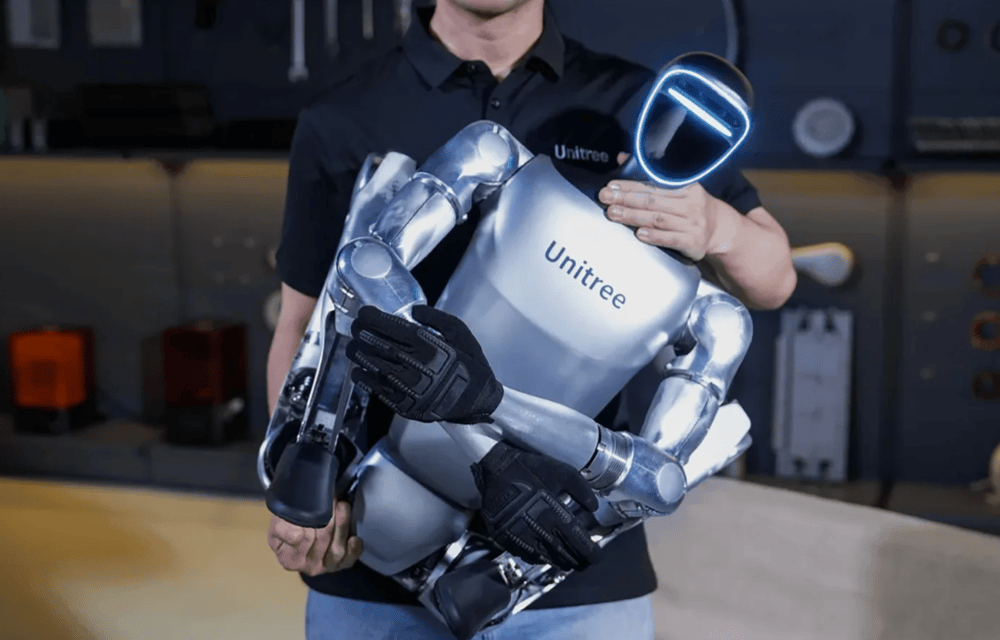Amazon Advances Humanoid Robots Development to Potentially Replace Couriers
Amazon $AMZN is intensifying its efforts in robotics by developing humanoid robots with the potential to eventually replace human couriers, according to a report by The Information on Wednesday citing an insider source. While Reuters has not independently verified this information, it marks a notable step in Amazon’s longstanding commitment to automation and artificial intelligence (AI) within its logistics and delivery operations. Central to this initiative is the near completion of a “humanoid park” — an indoor obstacle course within one of Amazon’s San Francisco offices, designed specifically for testing these advanced robots.
Technological and Operational Implications of Amazon’s Humanoid Robots
The development of humanoid robots capable of performing courier tasks represents a significant leap in robotic automation for Amazon, complementing its existing use of warehouse robots and delivery drones. These humanoid robots are expected to integrate sophisticated software enabling dexterous manipulation, navigation in complex environments, and adaptive decision-making, setting them apart from more specialized or single-function robots currently deployed.
Amazon’s investment in a dedicated testing facility — dubbed the “humanoid park” — demonstrates a rigorous approach to product validation and iterative development. This controlled environment mimics real-world logistical challenges, including stair climbing, obstacle navigation, and interaction with various delivery environments, all critical for robots that may one day work alongside or replace human couriers.
This initiative aligns with broader industry trends where AI-driven robotics increasingly permeate supply chain and last-mile delivery sectors. If successful, Amazon could drastically reduce operational costs associated with human labor, improve delivery efficiency, and enhance scalability during peak demand periods.

Brief Facts
Amazon is reportedly developing humanoid robots to replace human couriers.
A specialized indoor obstacle course (“humanoid park”) is being completed in San Francisco for robot testing.
The development emphasizes multi-tasking capabilities beyond single-function warehouse robots.
Amazon aims to integrate advanced AI software for adaptive and dexterous robot operation.
Reuters has not independently confirmed the report as of yet.
Market Reactions and Industry Implications of Amazon’s Robotics Expansion
Amazon’s humanoid robotics program could potentially disrupt the delivery and logistics sectors by shifting traditional labor-intensive roles to automation. Market analysts view this move as part of Amazon’s broader automation strategy, which includes warehouse robotics, drone delivery, and AI-powered supply chain management.
Investors often respond positively to innovation that promises long-term cost reductions and operational efficiencies, though concerns about job displacement and regulatory scrutiny persist. The humanoid robot project could accelerate competitive pressures on rival companies such as UPS (UPS), FedEx $FDX, and emerging autonomous delivery startups.
Tech experts highlight that successful deployment hinges on overcoming challenges in robot autonomy, reliability, and human-robot interaction safety. Moreover, the integration of AI-driven humanoid robots in urban and suburban environments requires addressing regulatory, ethical, and logistical issues.

Key Points
Amazon’s humanoid robot initiative reflects a strategic push toward advanced AI robotics in delivery.
The “humanoid park” testing facility in San Francisco is designed to simulate real-world delivery obstacles.
Humanoid robots aim to perform multiple tasks, enhancing flexibility over current warehouse robots.
This development may significantly reduce human labor costs and increase delivery scalability.
Industry and investor outlooks are cautiously optimistic amid concerns about regulatory and societal impacts.
The project underscores a competitive challenge to traditional logistics providers and new autonomous ventures.
Strategic Significance of Amazon’s Humanoid Robotics for the Future of Delivery
Amazon’s ongoing investment in humanoid robot development highlights its commitment to pioneering AI-driven automation in logistics and last-mile delivery. The creation of a dedicated testing environment signals a methodical approach to bringing this technology from concept to practical application.
If successful, these robots could revolutionize the delivery ecosystem by enhancing operational efficiency and flexibility, potentially transforming how goods move through the supply chain. This milestone also exemplifies broader trends toward AI integration in business processes, setting new benchmarks for innovation in the retail and logistics industries worldwide.















Comments
Strategic moves like this are setting new standards in tech-driven operational efficiency